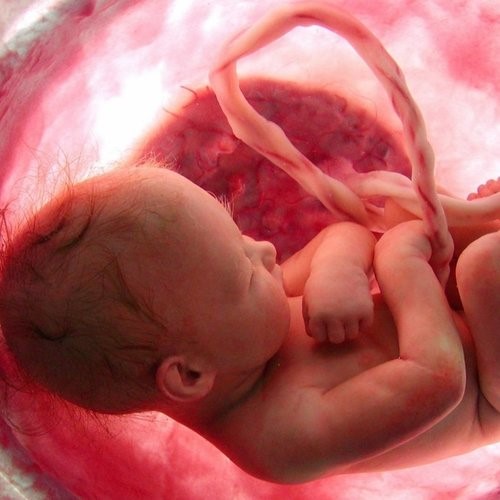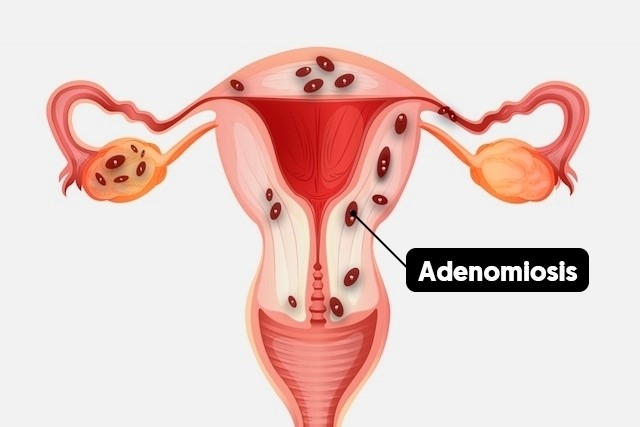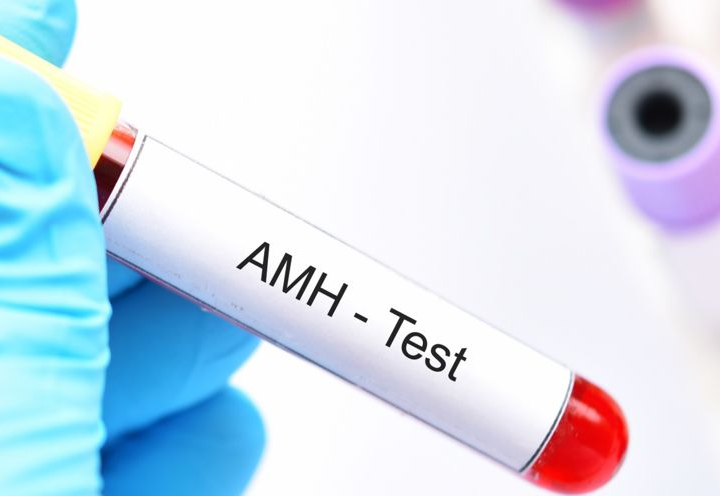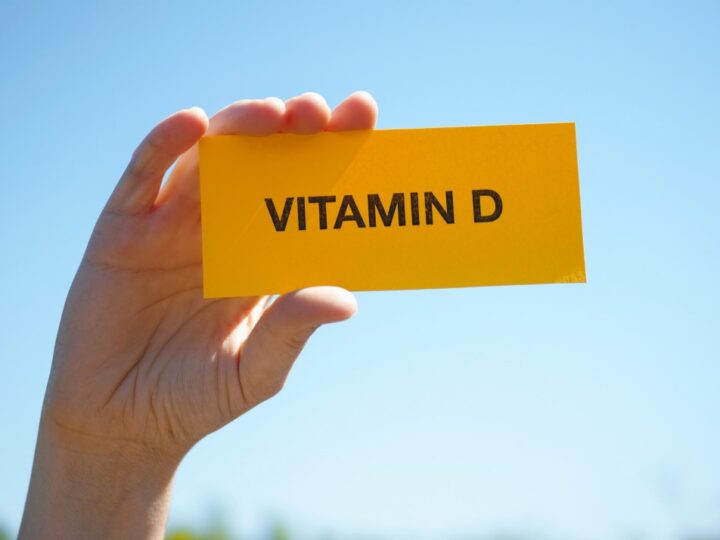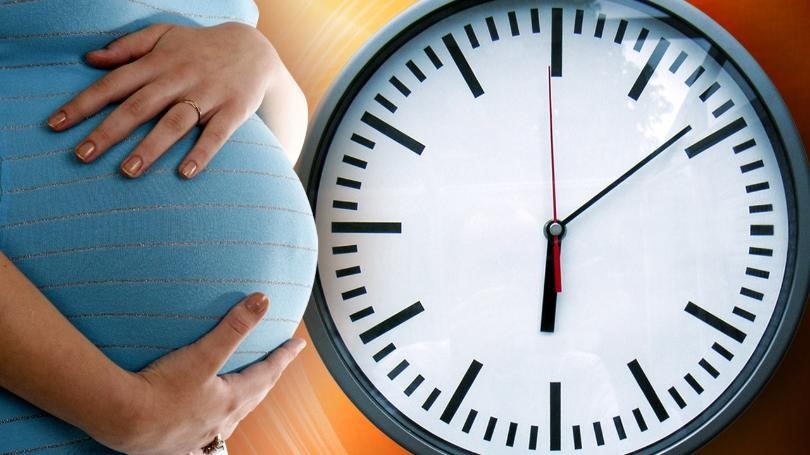
Unlike men who produce sperm throughout their lives, the woman is born with a certain number of follicles (small cystic formations where the oocyte is) estimated at one million at birth, to then go down to 300,000 follicles at puberty, but of these only 300 will produce an egg in the reproductive years, the rest are useless and are destroyed or arrested, this destruction being more accelerated after the age of 35.
But in addition, the oocyte maturation does not take place at puberty, that is, when the normal cycle develops in women, but they mature before birth between the 3rd and 5th month of their mother’s gestation, but maturation during pregnancy does not it is total, if not, they remain in an intermediate state, and when the cycles begin at puberty is when they develop full maturity.
In general, female fertility declines gradually between the ages of 26 and 34, and more rapidly after the age of 35. Women who decide to postpone pregnancy until after the age of 35 should know that their chances of pregnancy decrease naturally, without forgetting that even assisted reproductive techniques are negatively affected with age.
To better understand the decline in fertility as age advances in women, and always providing approximate data, we see that at 20 years of age approximately 25% can achieve pregnancy for each cycle, that is, an average would be needed 4 months to get pregnant in this age group. To later decrease until the age of 40, when gestation would only be achieved in 5% and theoretically we would have to wait 24 months, with the exception that we would already go to an age of 42 years in which pregnancy would be very rare, natural pregnancy.
But age is not only negative for the achievement of a natural pregnancy, but also affects assisted reproduction treatments (IVF / ICSI), so we can verify that the chances of pregnancy through in vitro fertilization range from a 50% below 35 years to only 20% in the range of 41 to 43 years.
Oocytes with age have a more irregular maturity process, with a decrease in the implantation capacity in the case of fertilization, especially because metabolic and energetic systems are affected, in addition, chromosomal abnormalities increase with an increase in abortions.
Changes in fertility in men with age are not as abrupt or obvious as changes in women, but as men age their testicles tend to be smaller and softer and sperm count, and motility tend to decrease. In addition, there is a slightly higher risk of genetic defects in sperm.
CONCLUSIONS:
It is important to note that, unlike men, women have an earlier and accelerated decrease in the possibility of procreating.
It should be noted that in women over 35 years of age the chances of pregnancy naturally decrease significantly, and it can also affect, although to a lesser extent, In Vitro Fertilization (IVF / ICSI) techniques.
It is important that the woman is aware of this fact so as not to delay getting a pregnancy, and if it is not the right time, assess the Vitrification of Oocytes.
We await your inquiries at info@centromedicomanzanera.com or through the contact form that you will find on our website https://www.centromedicomanzanera.com/formulario_es/
Gregorio Manzanera
IMAGEN: https://www.1011now.com/content/news/Coworkers-can-donate-time-in-new-Nebraska-maternity-leave-program-468348413.html
#reproduccionasistida
#tratamientofertilidad
#ovodonacion
#FIV
#ICSI
#fivicsi

